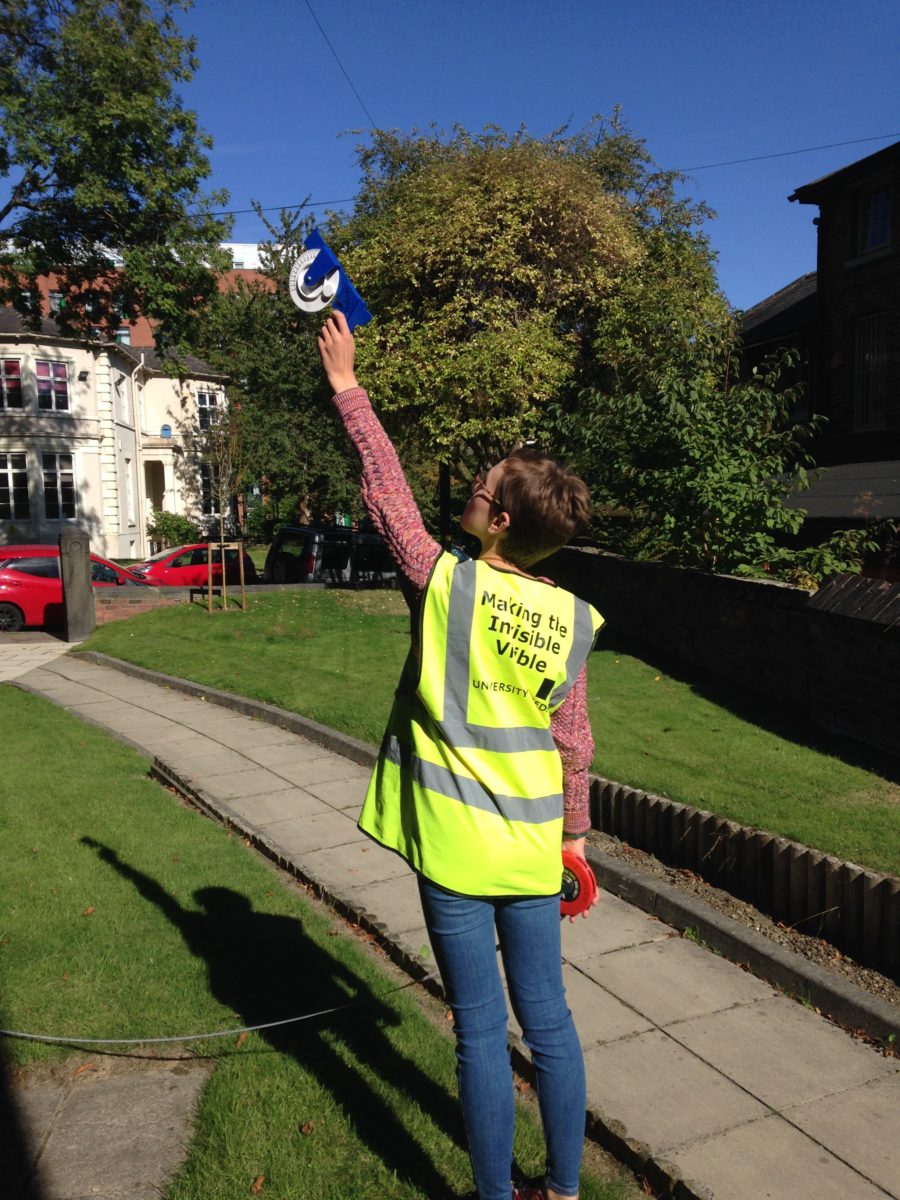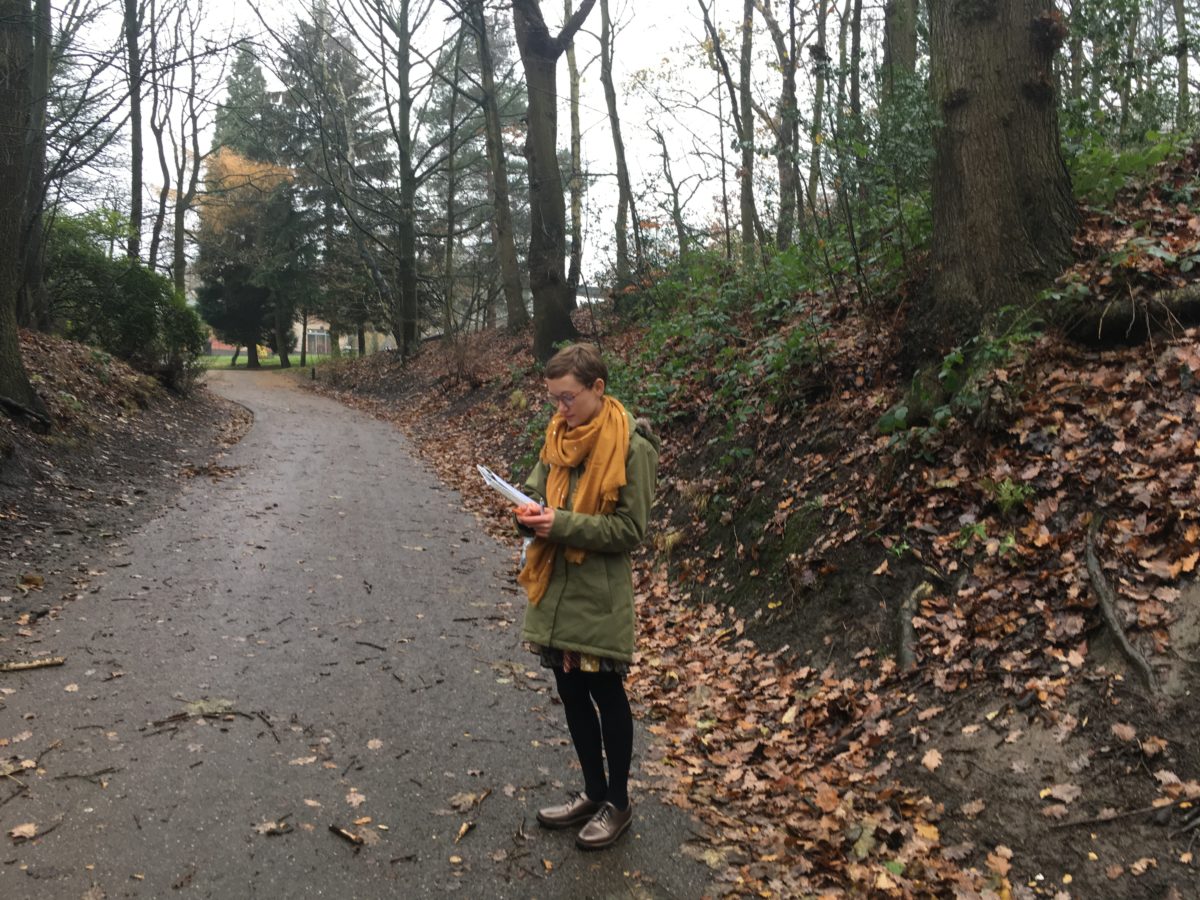Tree-LC: Using natural capital assessments to encourage appreciation and responsible management of urban trees
By Hazel Mooney (@EcoZel) - University of Leeds & UBoC
In the last 18 months, I’ve become a professional tree hugger! In the summer of 2018, I was successful in gaining a QStep summer research placement with LEAF and UBoC, working on the Leeds4Trees project to explore the ecosystem services that trees in Leeds are providing.

The concept of ecosystem services was presented in 2005 in the Millenium Ecosystem Assessment. There is an abundance of research demonstrating a wide range of benefits that trees provide to people and the planet including climate change mitigation, removal of air pollution, and provision of natural flood management. Studies have also found trees to contribute significantly to culture and human wellbeing.
During my time with UBoC, we surveyed 1450 trees across the University of Leeds campus, as well as 140 trees in the Middleton Park ward, for the i-Tree Leeds project. By measuring the circumference of the trunk, extent and health of the canopy, height of the tree, and light exposure, we were able to process the data through i-Tree Eco software to generate estimates for carbon storage, carbon sequestration, air pollution removed and runoff avoided by each tree. These estimates were than translated to economic values, using natural capital valuation methods, to approximate the values of those services to society.
Working with the team was endless fun, and it was really rewarding to be involved in a project that translates science into action! We had such a laugh surveying the trees, getting our hair full of insects and tree debris and the infamous trips to Middleton’s ASDA café.
During the placement, I was also lucky to work with the Leeds City Council Parks & Countryside team to learn how to assess trees using the CAVAT (Capital Asset Valuation of Amenity Trees) method. This is a natural capital assessment that estimates the value that a tree provides to the local community as an amenity asset. I carried out CAVAT assessments alongside the i-Tree surveys to see how the two methods compare.

At the end of my placement, I wanted to explore these projects further. I recognised the great potential for natural capital assessment methods to capture the benefits and dis-services of trees, and also was aware of the importance that had been placed on natural capital in the government’s 25 Year Environment Plan. With this in mind, I wanted to know how people felt about monetising trees in this way. After analysing a subset of the trees using both i-Tree and CAVAT, I carried out a secondary study to explore how relatable the values generated were to the local population, and if people value trees in the same way. The key aim was to identify whether the survey methods successfully capture the value of trees as perceived by the public.
My results showed the cultural services provided by the trees to be valued substantially higher than the regulating services, with the public perceiving the aesthetic and cultural contribution of trees to be most important, emphasising the importance of green space. This resonated with the comparison of estimates from i-Tree and CAVAT surveys; the CAVAT values were substantially greater than those generated with i-Tree. A conclusion was the potential for CAVAT to play a significant role in encouraging sustainable forest management and tree planting, given the relevance of CAVAT to the public’s perception and awareness of ecosystem services. The study also identified that regulating ecosystem services are under-appreciated by people, thus consideration needs to be made for improving awareness and understanding of those services, such that i-Tree projects have greater relevance and impact in society. This is particularly relevant considering the current strategies in Leeds to increase tree planting and canopy cover for climate change mitigation.
An additional key finding was that the public place an economic value on trees that is far greater than the values estimated using i-Tree Eco or CAVAT. Can we truly capture the intrinsic value of nature? How can we communicate and raise the profile of the environmental benefits to ensure these studies have impact?

It was fantastic to present my research at the Student Sustainability Conference in March, and to receive the University of Leeds Sustainability Service curricular award for my dissertation. Now that I have successfully graduated from the University of Leeds, I am working again with UBoC to carry out more local tree research. We are currently looking at how we can plant trees to meet climate change mitigation targets in line with the Committee on Climate Change’s targets, and also considering the impact and communication of our work with i-Tree, including city wide canopy cover assessments. I’m really looking forward to continuing my work with UBoC during my MSc climate change and environmental policy.
